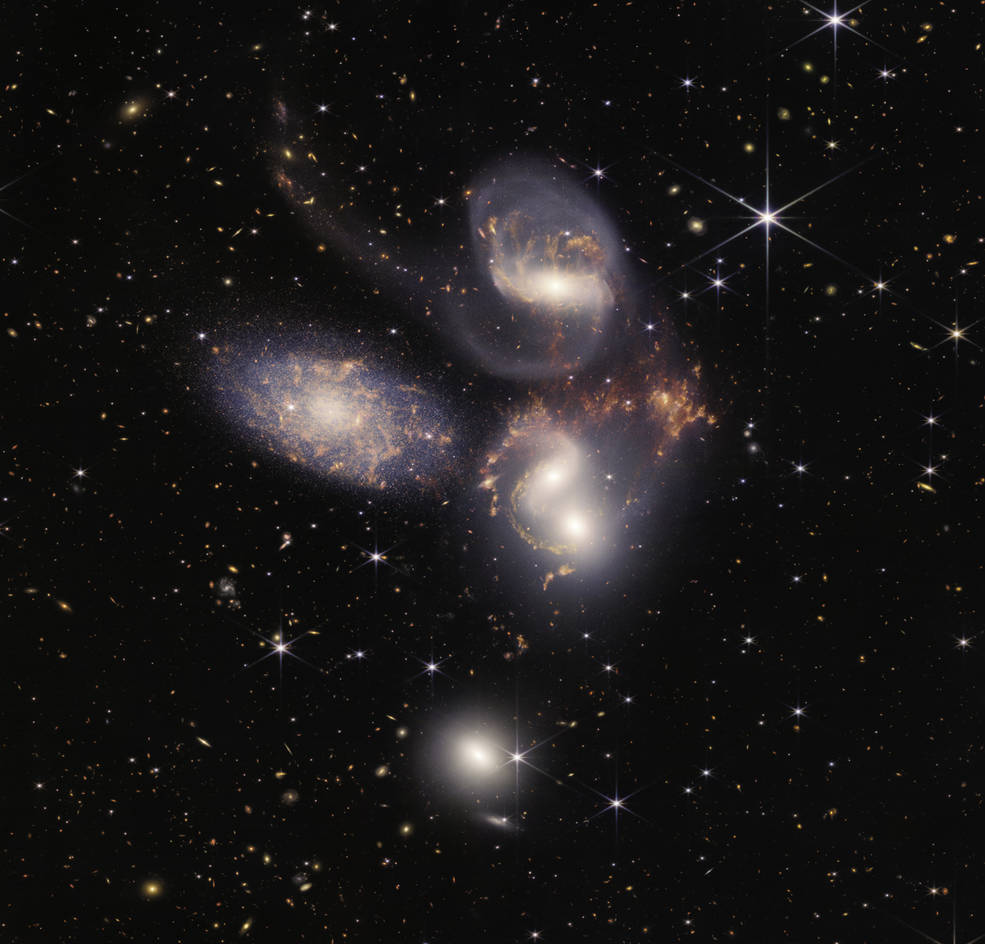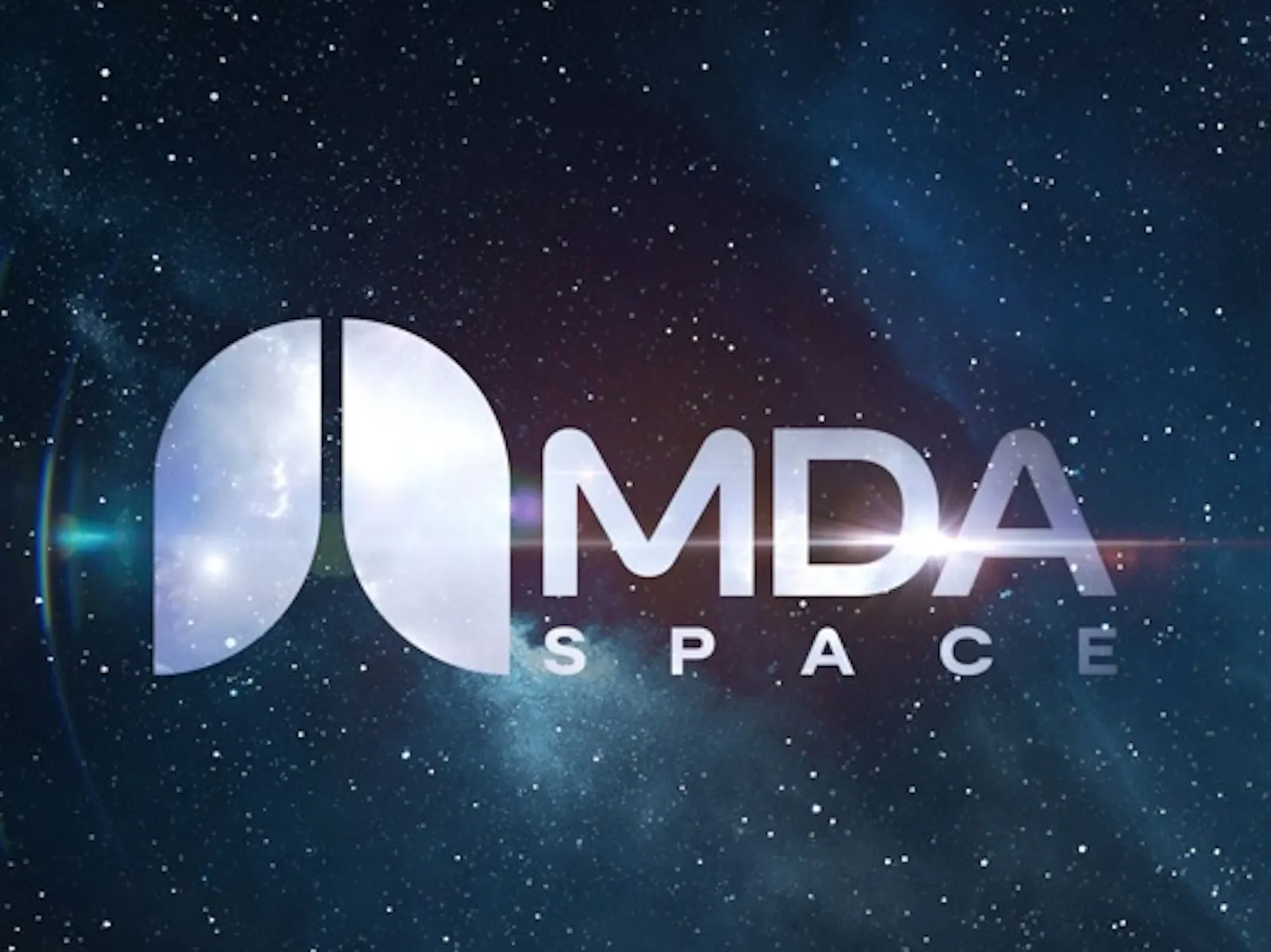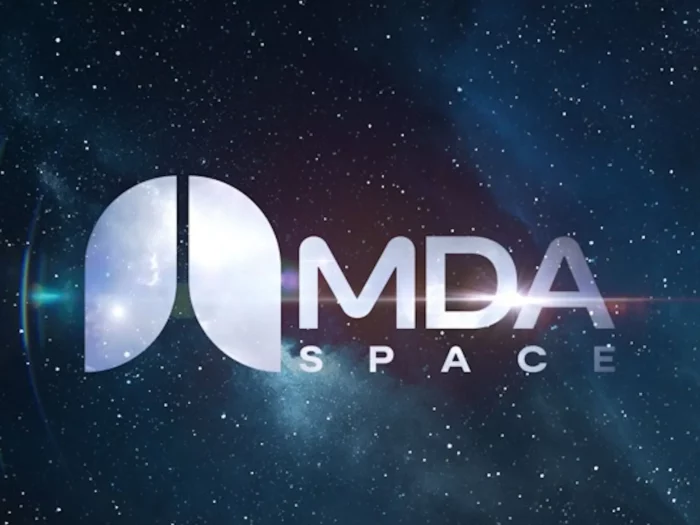by Mark Bromwell
Reassuringly, astrophysicists are just as hassled by deadlines as the rest of us. This week, proposals for Cycle 2 of the James Webb Space Telescope are frantically being pulled together. The deadline is this Friday, January 27, 2023. The call for the proposals was issued on November 15, 2022 but time has flown by, and the clock is ticking.
Working With Webb Data
I travelled to Manchester to hear from Christopher Conselice, Professor of Extragalactic Astronomy at the University of Manchester about his work with the JWST (or ‘Webb’ to its friends). Professor Conselice and his team from Manchester are pouring blood, sweat and tears into a number of exciting workstreams related to the data from Webb. In fact, the now famous picture below was actually created by the team at Manchester, by taking the original files from Webb and merging them together into this single image. The picture is of the galaxy cluster SMACS 0723, and it was ceremoniously revealed by President Joe Biden at the beginning of July last year, as the first official image of Webb’s deep field. The image provides a beautifully clear demonstration of gravitational lensing, caused by a massive celestial body. There is sufficient curvature of spacetime for the path of light around it to be visibly bent, as if by a lens.

Data from the first Webb cycle has been available for just over 6 months, and Professor Conselice is already co-author on a number of papers related to the early data produced so far. One of the fascinating findings made by him and his team, is the fact that many of the galaxies previously thought of as irregular galaxies are, in fact, spiral galaxies, like our own Milky Way. This means there were many more spiral galaxies in the early universe than previously thought, which changes our understanding of how the early universe evolved. Professor Conselice and his team have published an excellent paper on their findings, which can be accessed here.
The Likelihood of Extraterrestrial Life
Like all annoyingly over-excited engineers, my feeble mind wandered from these incredible feats of astrophysics, and I asked him about his thoughts on the likelihood of us ever finding evidence of intelligent life with the JWST. He had a surprisingly specific answer. It is 36. Yes ok, he was probably trying to get rid of me so that he could get back to his JWST proposals before the deadline on Friday, but there is some serious science to that answer.
He patiently clarified that 36 refers to the estimated minimum number of active, communicative extraterrestrial intelligent (CETI) civilizations in the Milky Way, i.e. the number of civilizations that we, in principle, could communicate with. It turns out that Professor Conselice is not a fan of the Drake equation, which is the usual method for estimating this number. The Drake equation was cooked up in 1961 by astronomer Frank Drake, an eminent radio astronomer known for his pioneering efforts in the search for extraterrestrial intelligence (SETI). The equation contains a number of probabilistic terms that some astrophysicists suggest are just as unknowable as the original problem it seeks to solve.
Instead of using the Drake equation, Professor Conselice, together with his colleague, Tom Westby, Assistant Professor at the University of Nottingham, calculated their number based on galactic star formation histories, the distribution of metallicity, and the likelihood of stars hosting Earth-like planets in their habitable zones. Importantly, they use very specific assumptions, which they describe as the “astrobiological Copernican weak and strong conditions.” These are based on the one situation in which CETI life is known to definitely exist – Earth. They looked at a number of different scenarios, with one extreme being the “weak astrobiological Copernican principle”, where a planet forms intelligent life sometime after 5 billion years, but not earlier. The other extreme is the “strong condition” in which life must form between 4.5 to 5.5 billion years, as on Earth.

The number 36, with a margin of error of +175 or −32, is calculated using the assumptions of the strong condition (i.e. the strictest set of assumptions), so the lower limit. It is also based on the assumption that the average lifetime of a communicating civilization is 100 years (since we know that our own civilization has had radio communications for this time). This means that, as we humans continue to survive for longer, this lower limit for the estimated number of CETI civilizations will increase. In this way, the number of civilizations that we actually find tells us something about our own chances of survival as a civilization. If there aren’t any CETI civilizations in our galaxy, then it doesn’t look good for us.
Detecting CETI Civilizations
Nonetheless, detection of CETI civilizations in the near future remains unlikely according to the calculation. If CETI civilizations are spread uniformly throughout the galaxy, the assumptions imply that the nearest one is likely to be at least 17,000 light-years away, and it is most likely hosted by a low-mass M-dwarf star. This distance has a margin of error of +33,600 or −10,000 light-years, but it likely far surpasses our ability to detect it in the foreseeable future, and it also makes interstellar communication impossible.
In short, we will need to keep our fingers crossed. Professor Conselice and Tom Westby published a paper on this work in April 2020. They are quick to point out that the subject of finding CETI civilizations will remain entirely hypothetical until any positive detection is made. Nonetheless, these models are helpful in encouraging debate on the occurrence rate of CETI civilizations. If nothing else, we use them to speculate about our own existence, and whether the search for extraterrestrial intelligence is ever likely to bear fruit.
Best of luck with the JWST proposals this week, astrophysicists! You have until 8 p.m. Eastern Time on Friday. Here’s to an exciting and illuminating Webb Cycle 2.
Featured image: Stephan’s Quintet. Credit: NASA, ESA, CSA, and STScI
If you found this article to be informative, you can explore more current space news, exclusives, interviews and podcasts here.
Share this article:








